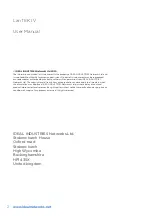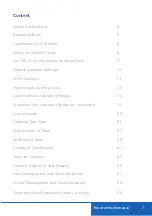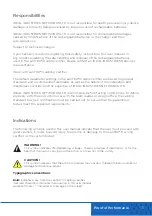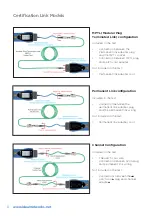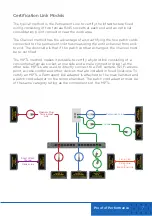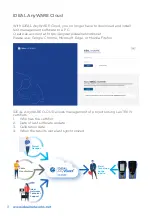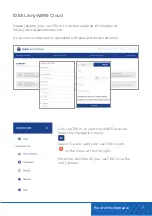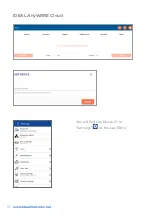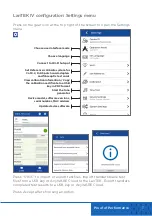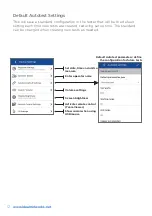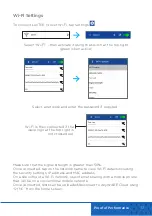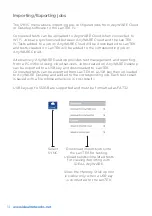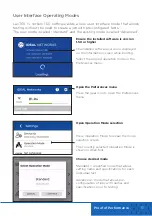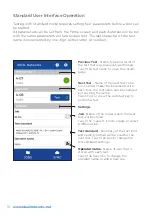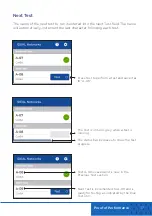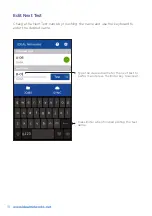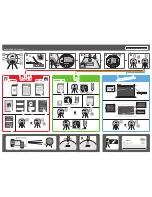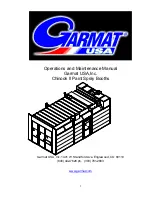
4
www.idealnetworks.net
Safety instructions
Warnings for handling the rechargeable batteries of LanTEK IV.
All Lithium-Ion (Li-Ion) batteries generate a significant flow of electric current,
irrespective of the indicated state of charge, which can cause personal injury and / or
property damage.
Lithium ion (Li-Ion) batteries should not be burned or disposed of with normal waste.
Lithium-ion (Li-Ion) batteries can explode if exposed to flame. Rechargeable batteries
are special waste and can contaminate groundwater if not disposed of properly.
Automatic resetting fuses in rechargeable batteries, which cut off high current
discharge as quickly as possible, ensure the greatest possible safety. However, these
fuses cannot provide full protection against transient arc discharges, which can occur
through a short circuit of the electrical contacts in the rechargeable battery. To avoid
injury, the following instructions for handling rechargeable batteries must be observed.
When a rechargeable battery is not installed in the tester handser, it must be stored in
clean, dry and non-conductive packaging.
Take care that the contacts of the rechargeable battery do not touch conductive
materials.
Avoid touching the contact surfaces of the rechargeable battery.
Rechargeable batteries can be recharged when they are the tester or by the external
charging port with the provided power supply. Charging the rechargeable battery in any
other way may cause it to explode.
Rechargeable batteries should only be placed, transported, stored and charged in a
non-explosive environment.
Observe service and storage temperatures.
Do not leave children or people who are not familiar with the safety instructions in this
user manual, handle or charge the rechargeable batteries.
Do not open the rechargeable battery case. No part in the case needs to be serviced by
the customer; rechargeable batteries cannot be repaired.


